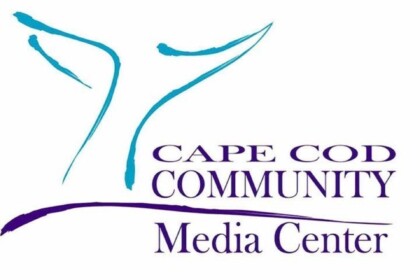
Projects & Materials

STEM UNIT: Ready, set, action! Video production

This unit for science students in grades 5-8 was developed by Ryan Doughty through his 2016 Teacher-in-Residence with Cape Cod Community Media Center.
Ryan introduces the unit in his own words below:
The crew at the Cape Cod Community Media Center actually has a lot of teaching experience. They regularly offer classes and trainings on studio and field production and equipment. Their first lesson for me was about the importance of media in our society—and its potential importance for our students and in our teaching.
What became clear to me was that storytelling is really at the heart of the video production process. Video production amounts to a step-by-step process for effectively communicating ideas as well as dramatic information, moods, and feelings.
And of course, we live in a world where digital media are more and more important as means for receiving, producing, sharing, and broadcasting information.
I feel sure that tomorrow’s professionals and leaders will need to know how to use digital media to persuade others and tell new and effective stories. So in that sense, knowledge of media presentation is actually a powerful form of literacy.
Fortunately, I also learned through this TIR experience that the tools and resources needed for communicating through digital media are easily accessible by all.
In the unit, students learn to both investigate and create media. They learn how to film and edit a digital media production, including how to use effective combinations of various types of media in a single presentation.
The unit starts by giving students the opportunity to discover the importance of images in storytelling through video production.Students analyze video clips to identify visual cues and shot sizes (close up vs. wide) that help them to understand the story and think about how each is useful to visual storytelling. Students learn how to generate ideas, brainstorm ideas, and create a map of how the project will progress. By going through this process, they become able to explain the importance of storyboarding.
As a group, students work collaboratively to storyboard a commercial to advertise a product of their choosing. Doing this together is important—students work interactively, co-operatively and collaboratively to plan and create. And they discover that working together creates a better final product. Finally they present their storyboards.
The Cape Cod Community Media Center tested Mr. Doughty’s unit with students at their Summer Camps and had this to say:
“We used the lessons in both the Middle School and High School. The Middle Schoolers had a blast with their commercials: Mr. Doughty was right on the money on knowing that they would enjoy creating a commercial, and the lessons for story boarding worked really well. The high schoolers were more up to the challenge of short films, and the lesson plan helped direct the focus for them.”